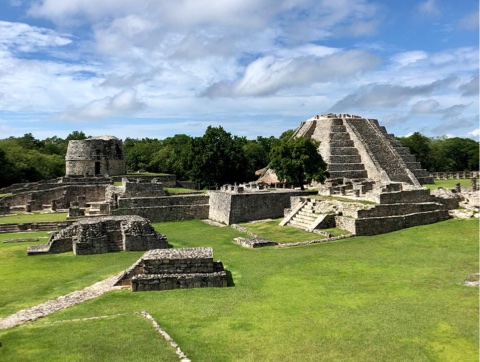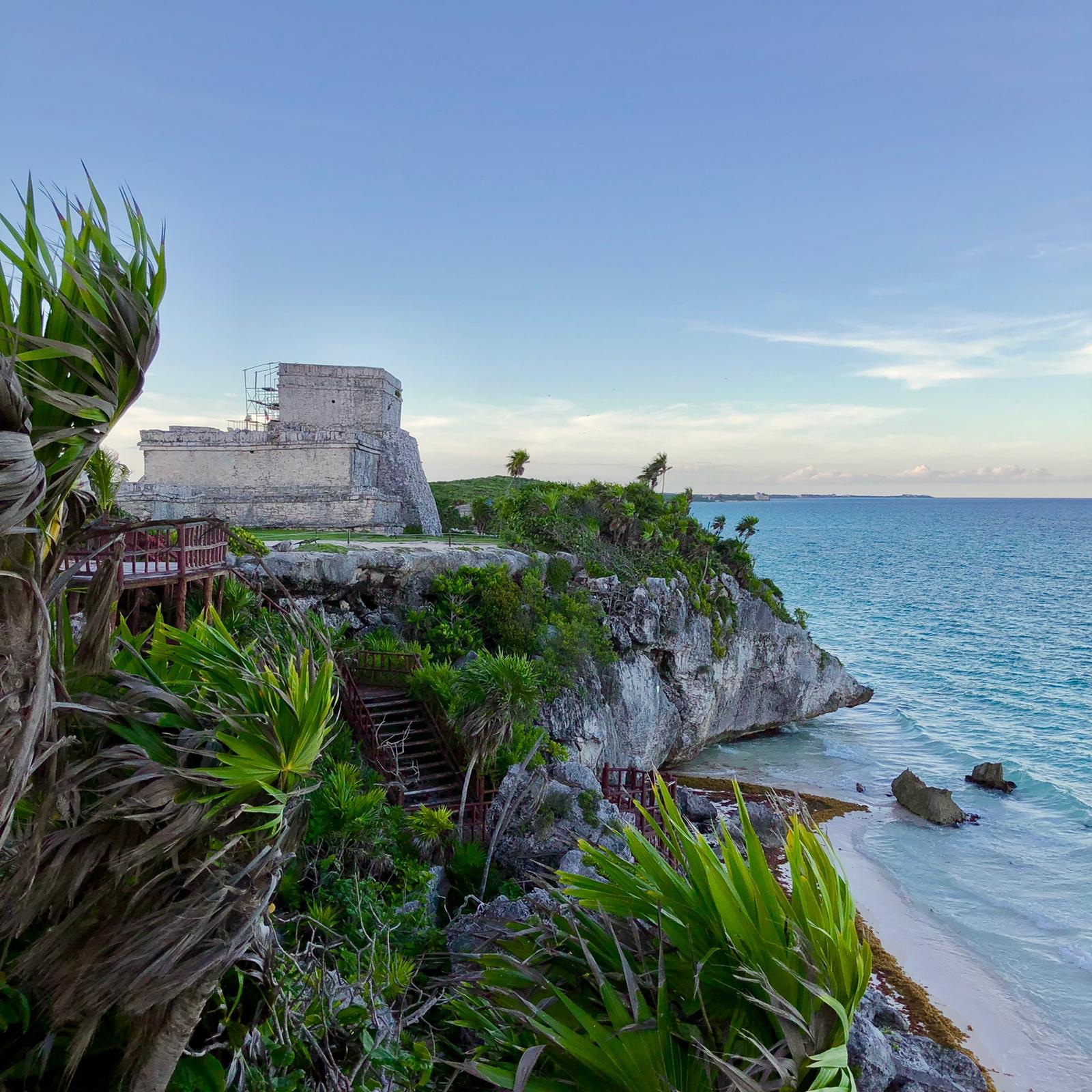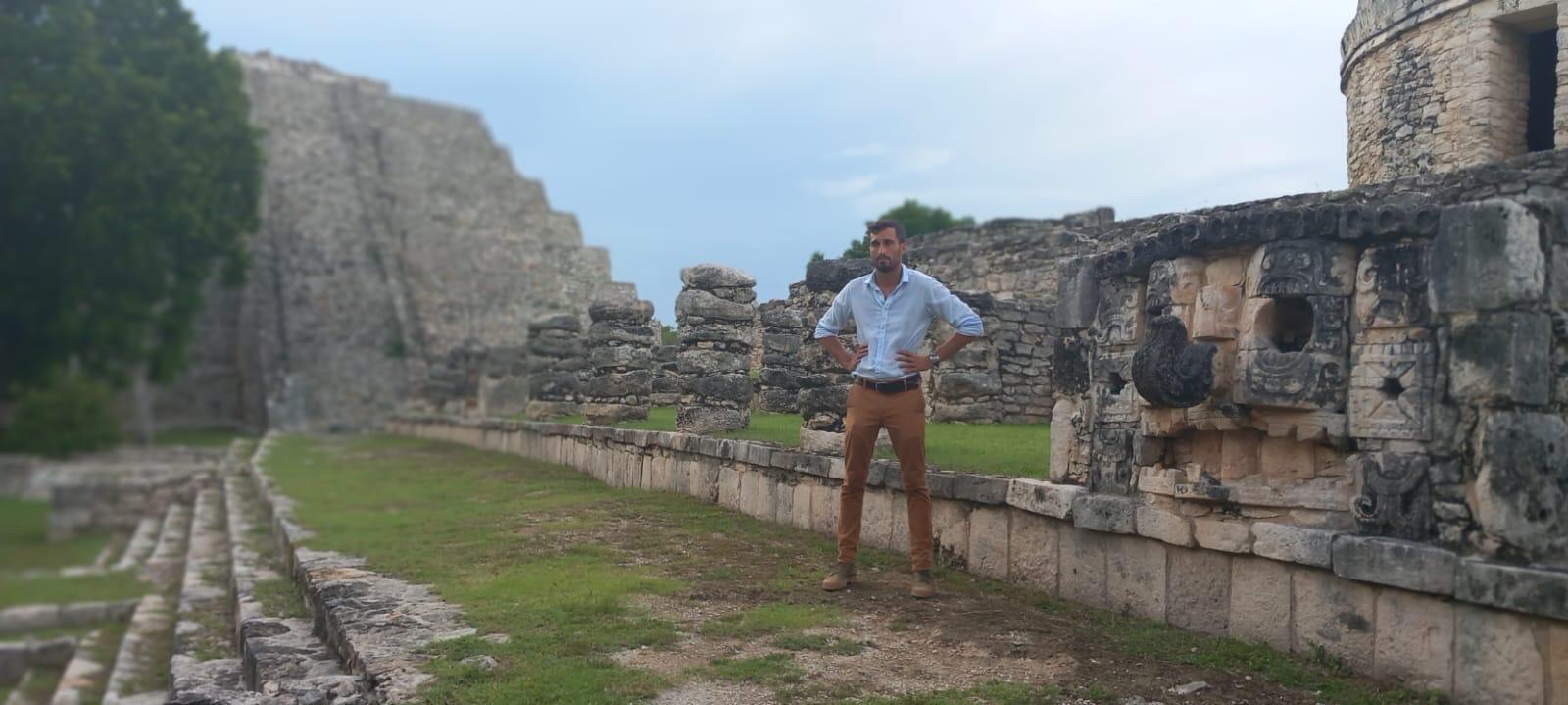In their own way, Coba, Mayapan and Tulum all played host to the last moments of a civilisation as impressive as it is mysterious.
What do these three cities tell us about the way Mayan societies operated? How does their architecture inform the experts about the scientific knowledge and construction techniques available to them? How did the buildings in these cities develop in the service of an ancient culture and beliefs?
The Mayan people disappeared, taking with them many of their secrets; but new technologies and experimental archeology are expanding our knowledge of this fascinating civilisation.
Described by experts, carefully illustrated with images and reconstructed using newly created 3D models, Tulum, Coba and Mayapan provide us with an updated inventory of what scientists know about the Maya civilisation today.
If Central America is the cradle of the Mayan civilisation, the Yucatan Peninsula, in southern Mexico, is the repository of its last hours. Because at the tip of this peninsula, three cities experienced the end of the Mayan era: Coba, which remained a major cultural and religious site until the arrival of the Spanish conquistadors, Mayapan, the last great Mayan capital, and finally Tulum, considered the final inhabited city, since it was only deserted in the 16th century.
Of different sizes and functions, these three cities all experienced the fall of one of the most famous and oldest civilisations of Mesoamerica. Recognised for their skills and their knowledge in many fields, such as astronomy, mathematics, agriculture and art in all its forms, the Mayan people nevertheless disappeared, taking with them many of their secrets.
During the Late Classic period, the Mayans migrated to the Yucatan. What reasons and geological particularities of the Northern Lowlands led them to settle there?
The study of the remains of Mayan cities allows us to lift the veil on many questions. What do Coba, Mayapan and Tulum tell us about the way Mayan societies operated? How does their architecture inform the experts about their scientific knowledge and construction techniques available to them? How did the buildings in these cities develop in the service of an ancient culture and beliefs?
Although many questions still remain to be answered, there have never been so many scientists studying these ruins. Thanks to new technologies and experimental archaeology, their knowledge of this fascinating civilisation is constantly growing.
These last Mayan cities are the most fascinating documentary objects, as much for their architecture and the unique and grandiose settings in which they exist as their excellent state of preservation. Described by leading experts, carefully illustrated with images and reconstructed using new 3D models, Tulum, Coba and Mayapan provide us with an updated inventory of what scientists know about the Maya civilisation today.




